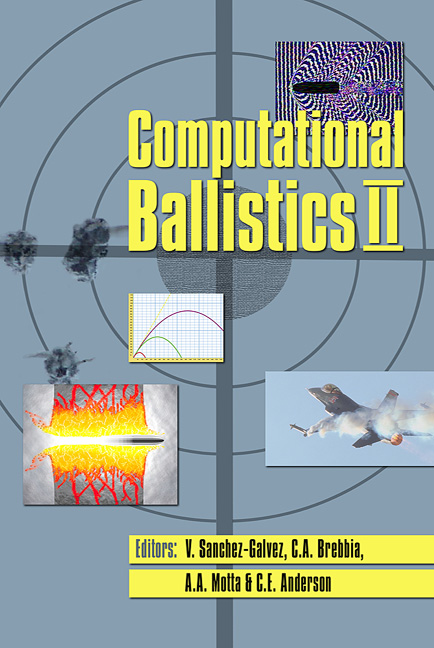Deformation And Failure Behaviour Of Ti-6Al-4V Alloy Under High Rate Shear Loading
Price
Free (open access)
Transaction
Volume
40
Pages
10
Published
2005
Size
916 kb
Paper DOI
10.2495/CBAL050221
Copyright
WIT Press
Author(s)
W. S. Lee & S. Z. Huang
Abstract
This study uses the torsional split-Hopkinson bar to investigate the dynamic shear deformation and fracture behaviour of Ti-6Al-4V alloy under strain rates of 1800 s-1, 2300 s-1, and 2800 s-1 at temperatures ranging from -100 oC to 300 oC . It is found that the strain rate and temperature both have a strong influence on the dynamic shear properties and fracture characteristics of the alloy. An increased work hardening stress and a reduced temperature cause the strain rate sensitivity to increase and the activation volume to decrease. However, the activation energy increases with decreasing shear stress and is found to attain a maximum value of 15 KJ/mole under the current test conditions. Fracture analysis reveals that the failure of the tested alloy is dominated by the formation of an adiabatic shear band. A transformed shear band is identified at sub-zero temperatures, whereas a deformed shear band is found at temperatures above room temperature. Keywords: Ti-6Al-4V, strain rate and temperature effects, activation energy, adiabatic shearing. 1 Introduction Ti-6Al-4V alloy is a lightweight material with excellent strength characteristics. Accordingly, it is employed in the fabrication of a wide variety of aerospace and transportation components. During operation, these components are frequently subjected to high-speed motion and are exposed to extreme temperature variations. Therefore, they are liable to undergo high-rate impacts and are consequently exposed to the risk of unplanned catastrophic destruction. It is well
Keywords
Ti-6Al-4V, strain rate and temperature effects, activation energy, adiabatic shearing.




